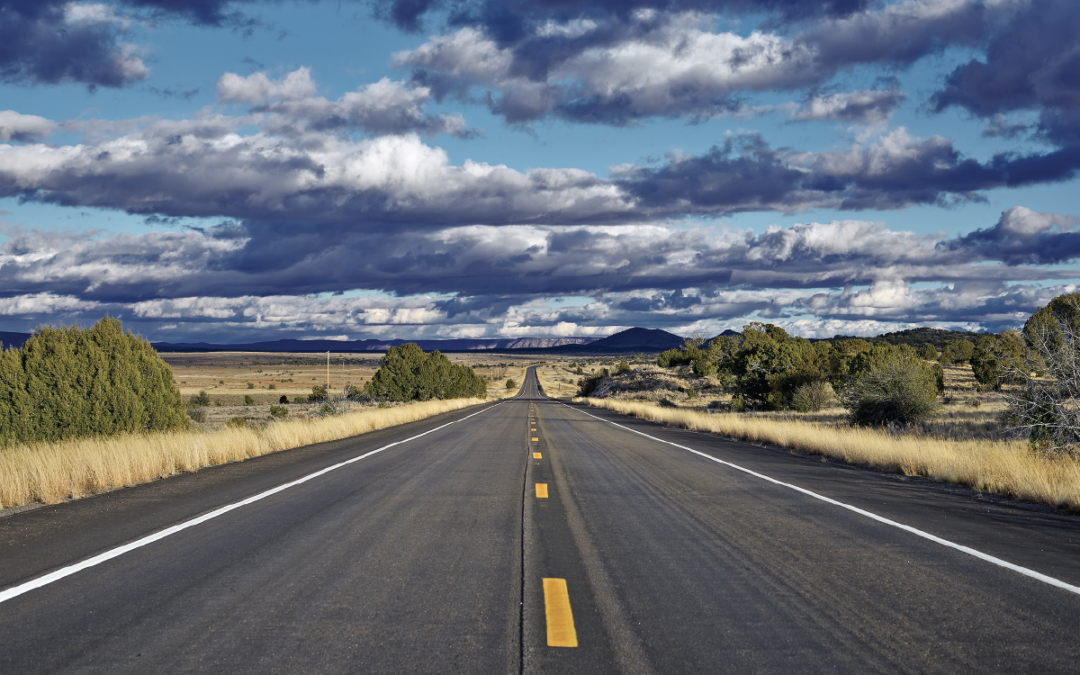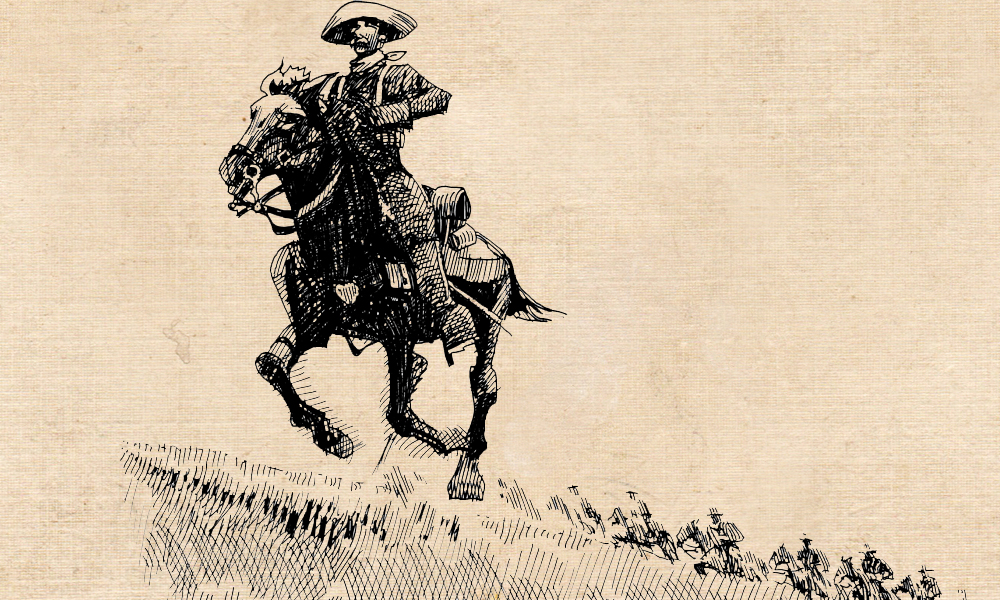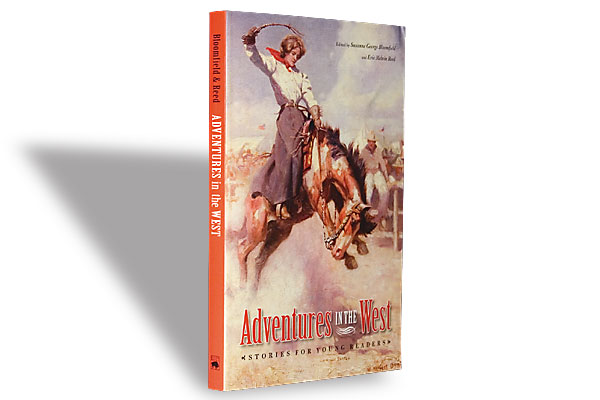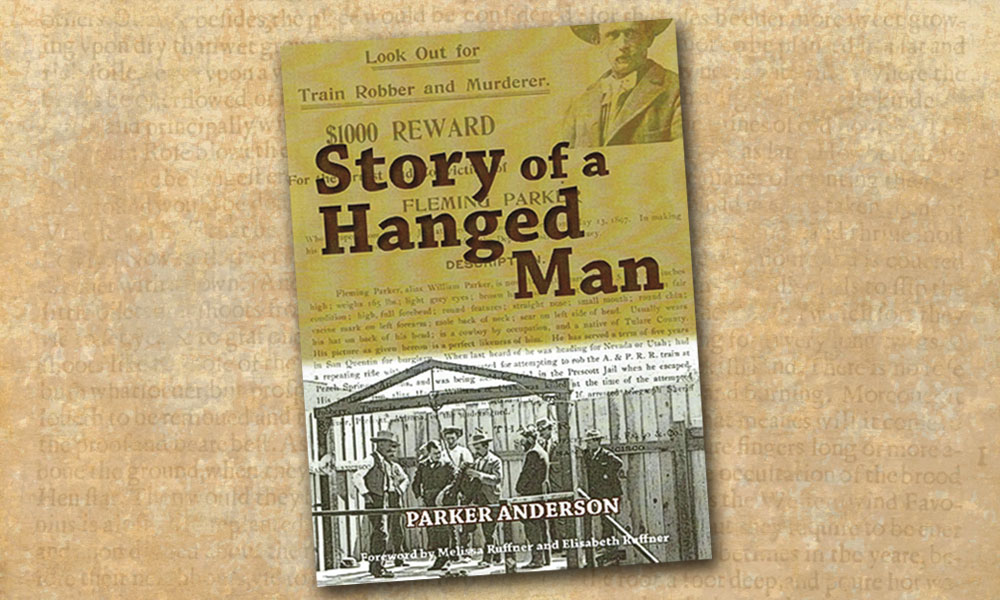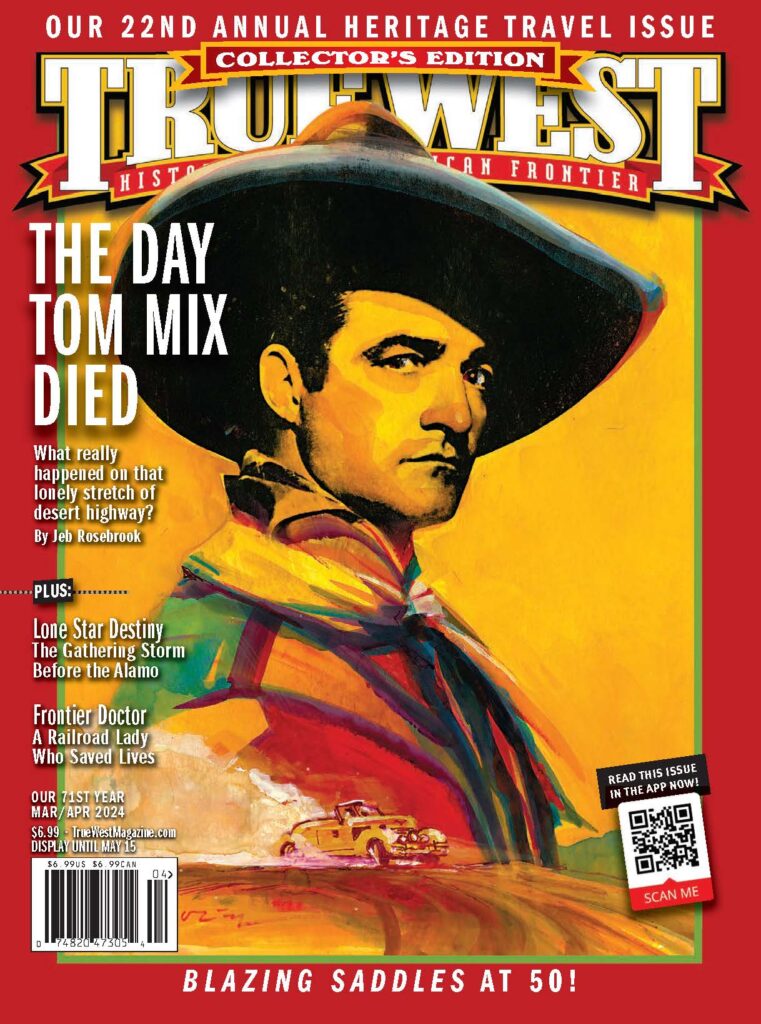From north to south, east to west, the Grand Canyon State invites travelers to stay awhile and discover its small towns, big cities and historic sites.
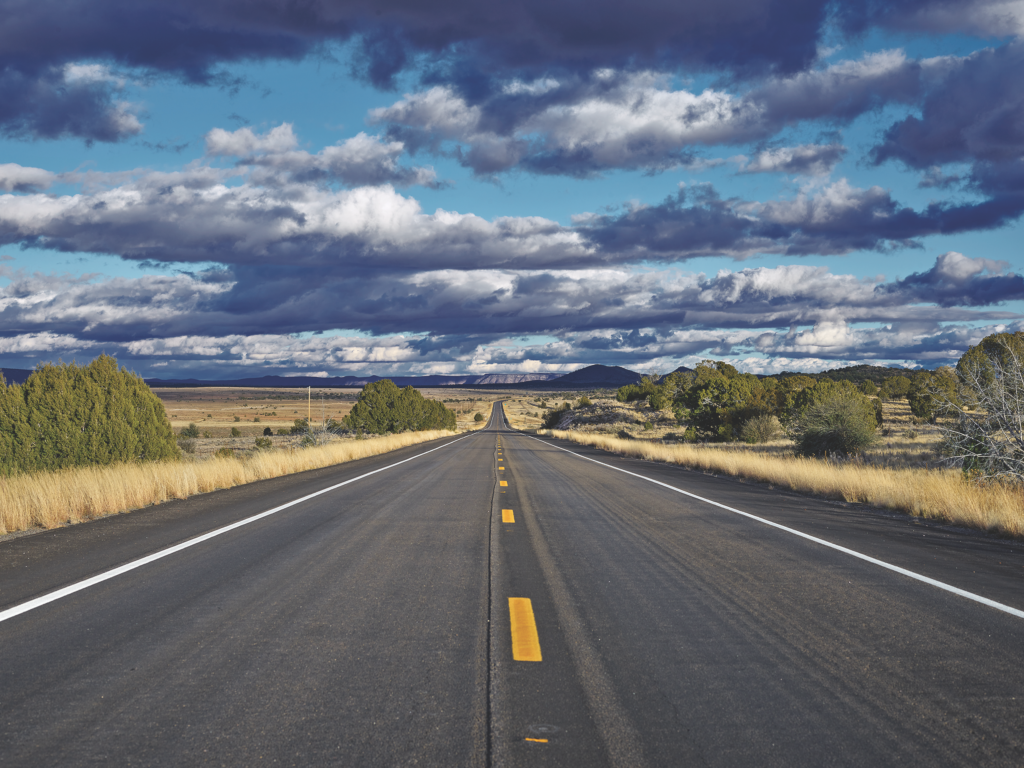
All Images Courtesy the Carol M. Highsmith Archive, Library of Congress, Unless Otherwise Noted
Arizona. Just the name conjures up mystery, his-tory and wonder. California may have its beaches, Montana its big sky and New Mexico its enchantment, but Arizona…Arizona has a magic that never ends. The magic of the Grand Canyon State gets under your skin and into your soul, drawing you back to its deserts and canyons, to its red rocks and ancient ruins and to its Sky Islands and lonely wildernesses. From the big cities to
the small towns, the people of Arizona welcome visitors from around the world to stay, tour and discover their beautiful and wondrous state. But don’t take my word for it. Plan a trip. Pack your bags. And don’t forget your hat and boots—you just might find yourself trail riding across the desert or boot-scootin’ across the dance floor, making memories that will last a lifetime and bring you back time and time again for a little bit more of that Arizona magic.
“Arizona, magic desert sands, Arizona, the mighty saguaro stands, Like a monument to my peace of mind, Arizona, what are you doing tonight” —Hans Olson, “Arizona, (What are you doing tonight?)”
Here is a short introduction to 15 communities in six counties that I recommend you plan to visit and spend some valuable downtime enjoying, exploring and relaxing.
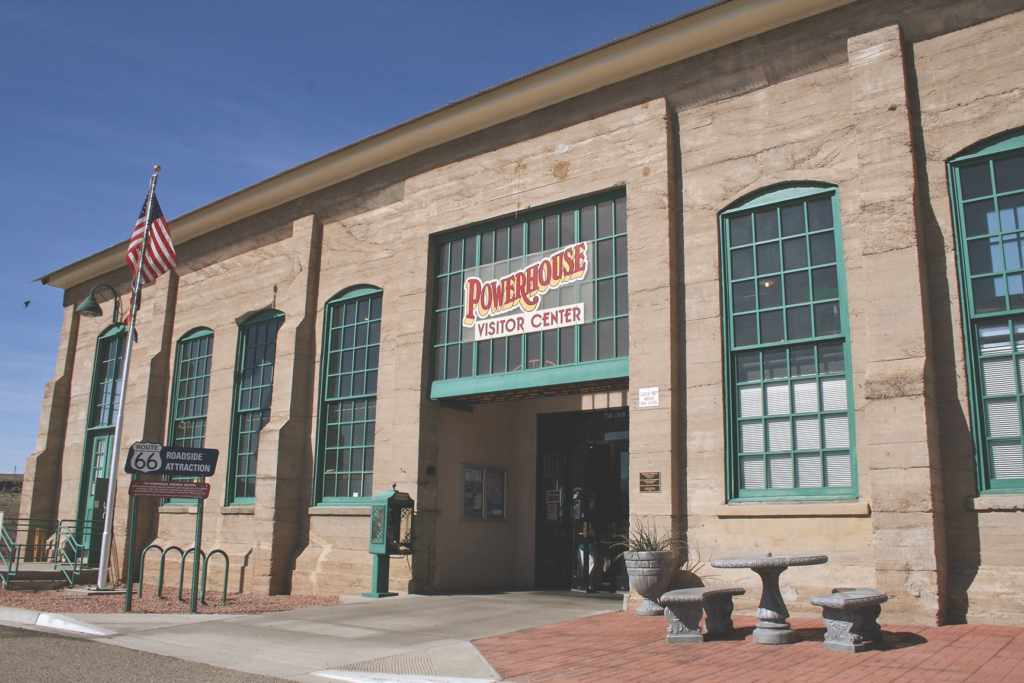
Courtesy ExploreKingman.com
Kingman
From the day Kingman was founded in 1882, the Mojave County Seat has been a key crossroads of commerce and travelers across northern Arizona. Whether afoot, on horseback, wagon, train, plane, bus or automobile, weary travelers going to or through the high-desert town have found it a welcome stop.
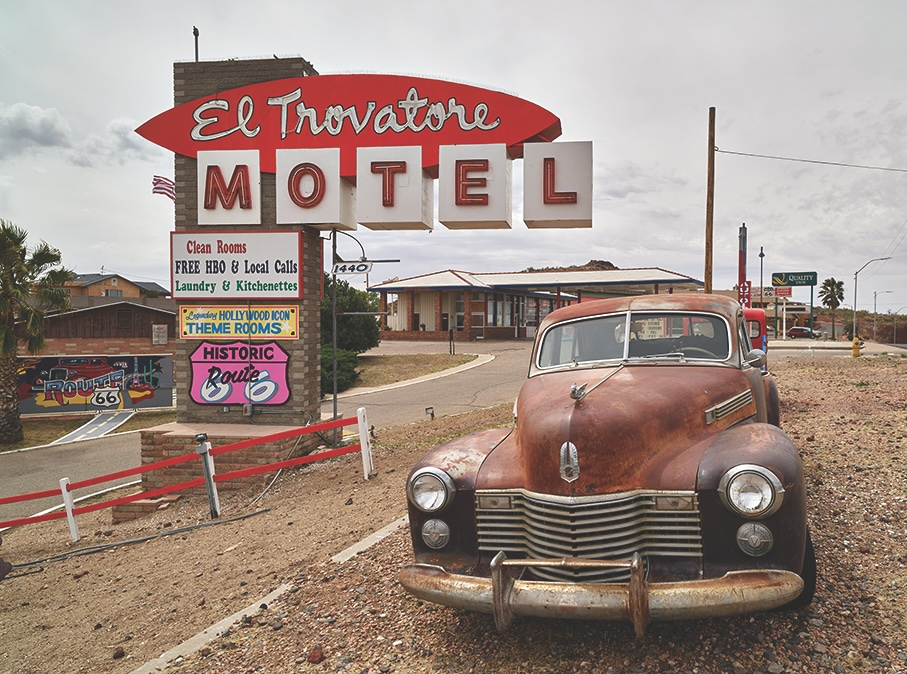
Kingman, Arizona
Named for the Atlantic & Pacific Railroad engineer Lewis Kingman who was supervising the construction of the transcontinental line parallel to Beale’s Wagon Road, Kingman at 142 years old is still a crossroads of travelers, trains and traffic. Many who stop in Kingman are just passing through on Interstate 40 or U.S. 93, but the city is also an international destination for Route 66 enthusiasts who flock to the desert town to soak up the nostalgia of the past and drive the longest uninterrupted stretch of the “Mother Road” from Kingman to Ash Fork.
Along Old Route 66 (Andy Devine Avenue) in downtown Kingman, overnight visitors have many choices of hotels, from historic motels to national chains. Within short walking or driving distance are many of the city’s best restaurants, saloons and shops. Landmarks not to be missed: the Mojave Museum of History and Arts, the Kingman Railroad Museum in the historic train depot, the Bonelli House and the Visitor Center in the historic Powerhouse.
Williams
Known as “the Gateway to the Grand Canyon,” Williams, like its western neighbor Kingman, is a railroad, Route 66 and tourist town. The Coconino County town is one of the most popular destinations for Arizonans and visitors who have a nostalgic love for Route 66, historic railroads and national wonders. Hotels abound along Old Route 66 through the heart of the business district of the mountain town, which sits just north of its namesake, Bill Williams Mountain.
Among the centerpieces of Williams are the Grand Canyon Railway and Hotel. Founded in 1900, the rail line from Williams to the South Rim of the Grand Canyon National Park was restored and restarted in 1989. Today, rail lovers come from all over the world to take a ride back into yesteryear to one of the greatest natural wonders of the world. The Polar Express in November and December is extremely popular.
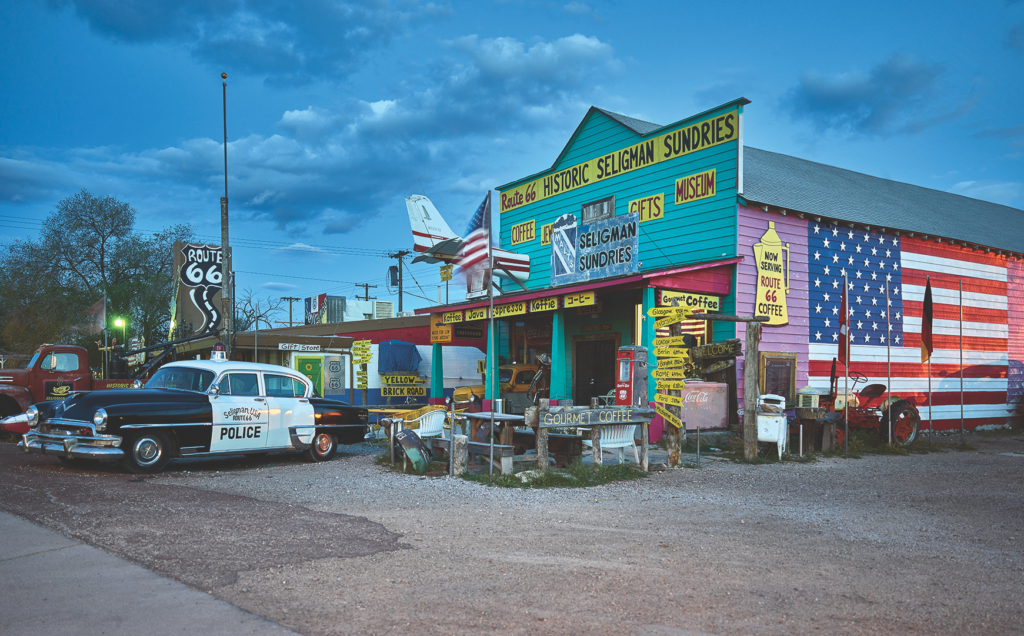
Jerome
One of my favorite towns in all the West, Jerome sits atop Cleopatra Hill with a million-dollar view of the Verde Valley. Founded as a mining camp in 1876, the former copper town is currently one of the top destinations in the state for art and history lovers.
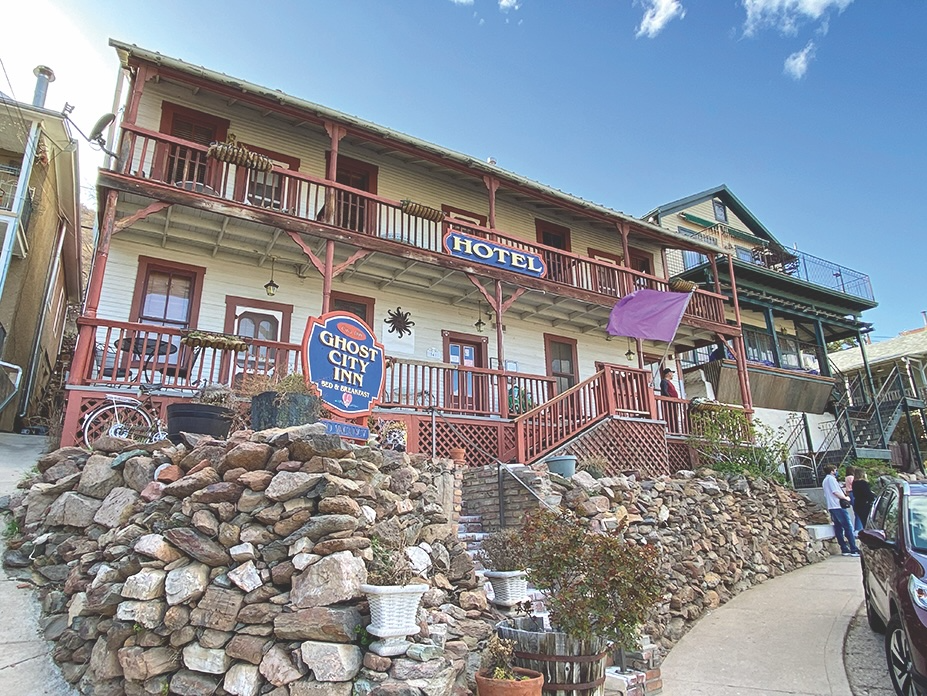
Photos by Stuart Rosebrook
In the late 1960s, Jerome was almost a ghost town, until an artist colony sprang up among the last remaining residents of the notorious mining camp. Over the past five decades, Jerome, like its southern copper cousin Bisbee, has gone through a great transformation. Once devoid of hotels and guest houses, Jerome is now a popular overnight destination with unique places to stay including the Connor Hotel, Jerome Grand Hotel and the Ghost City Inn. The historic district is replete with restaurants, Old West saloons and rows and rows of fun shops and art galleries. The Spirit Room and Bobby D’s at the Old English Kitchen—the oldest restaurant location in the city—should not be missed.
History lovers will enjoy walking the historic district’s switchback streets and visiting the town’s museums, including Jerome State Historic Park, Jerome Mining Museum, Gold King Mine & Ghost Town and Jerome Historical Society.
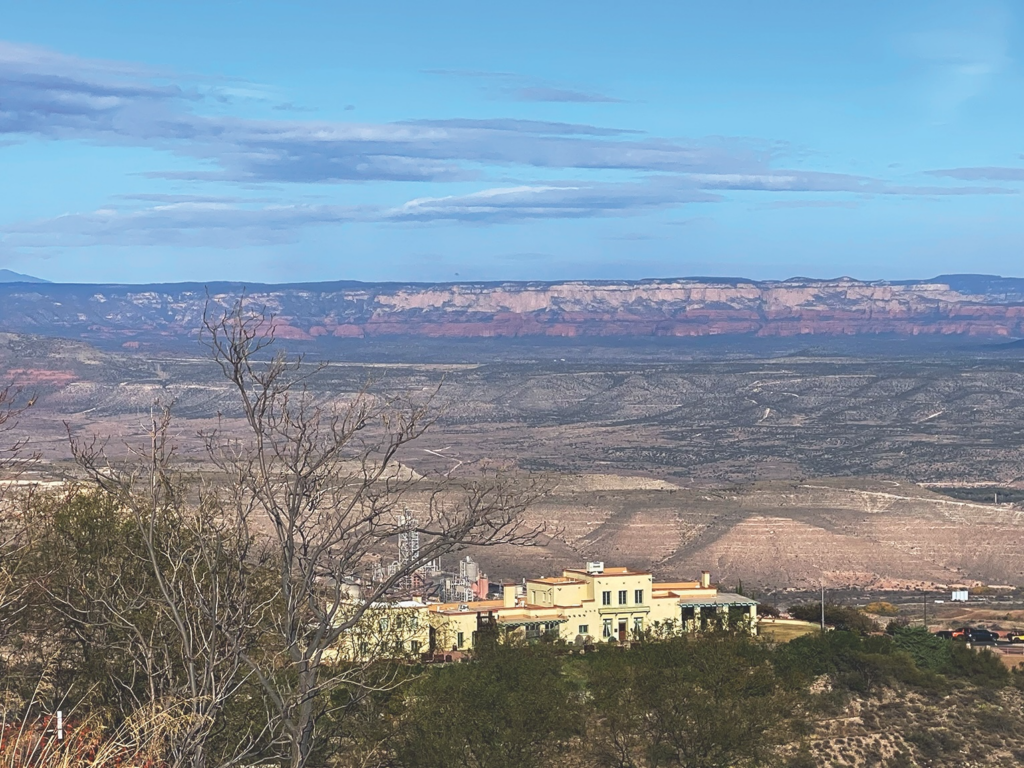
Jerome, Arizona
Prescott
Known as “everyone’s hometown,” Prescott is my current hometown, and it is truly one of Arizona’s treasures. The Yavapai County Seat, the mile-high city is one of the state’s most popular weekend destinations.
Prescott, with its historic downtown plaza, is also an outdoors, festival and history lovers’ destination. With popular local lakes and the beautiful Bradshaw Mountains nearby, outdoor enthusiasts return to Prescott year round. Most weekends from May to October, the Yavapai County Courthouse Plaza is host to a festival. In December, Prescott transforms itself into Christmas City.
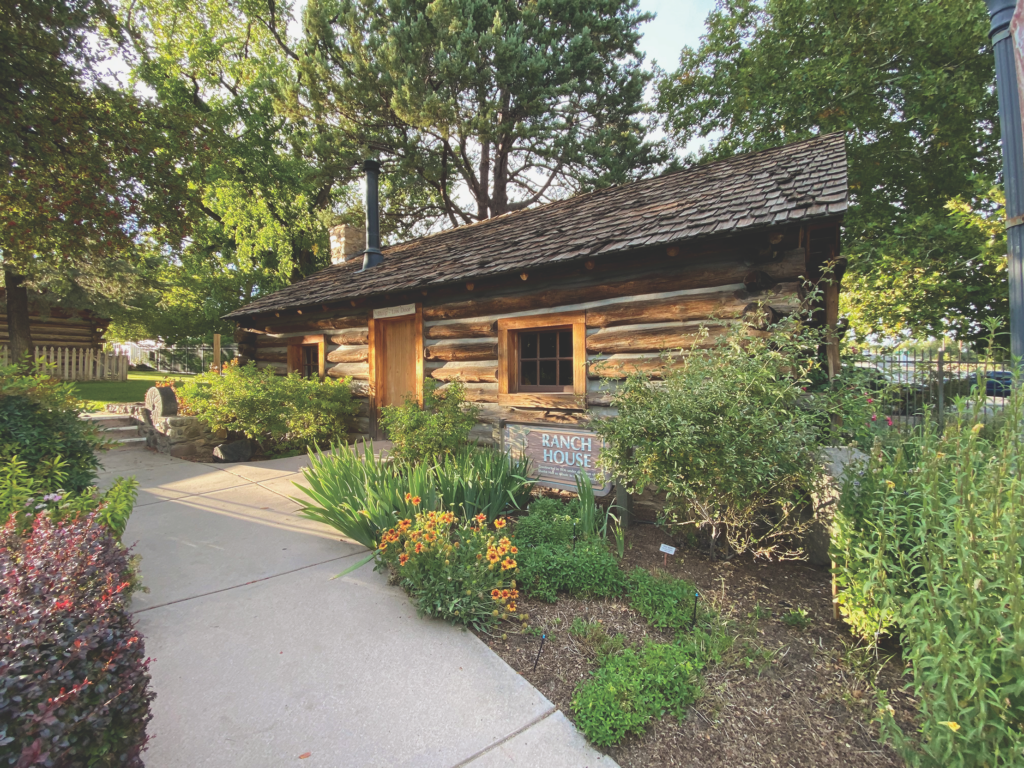
Sharlot Hall Museum
Photos by Stuart Rosebrook
Museums that celebrate the community’s history and heritage are must-visits when in the mountain town. Once in Prescott, visitors will quickly realize they might not be able to do it all in a weekend and will want to schedule more time or a return trip.
When you drive into Prescott, start in the historic district that surrounds the Yavapai County Courthouse Plaza. Stop in at the Palace Restaurant and Saloon for lunch or dinner and take a tour of the Western Heritage Center, just a short walk south on Montezuma, aka Whiskey Row. From the historic district, schedule a day at Sharlot Hall Museum, home to the Territorial Governor’s Mansion, one of the state’s most active living history programs and exhibits that celebrate central Arizona’s history and culture. After Sharlot Hall, don’t miss a tour of the Phippen Museum to see one of the finest Western art collections in the state, and the Indigenous People’s Museum, with its beautiful collection of Native pottery and baskets on display.
The 137th annual Prescott Frontier Days and the World’s Oldest Rodeo are scheduled for July 1-7. Get your tickets early, as it quickly sells out. Those who love a parade will want to be in town forthe annual Frontier Days Parade on July 6.
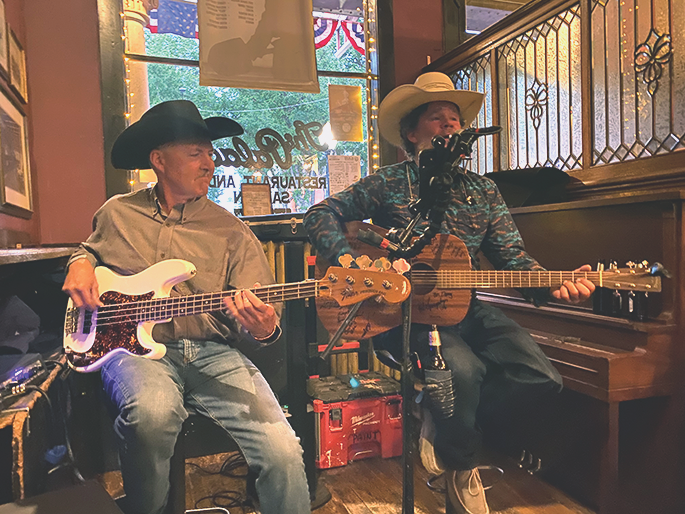
Fourth of July Weekend, 2023
The Palace Restaurant and Saloon
Prescott, Arizona
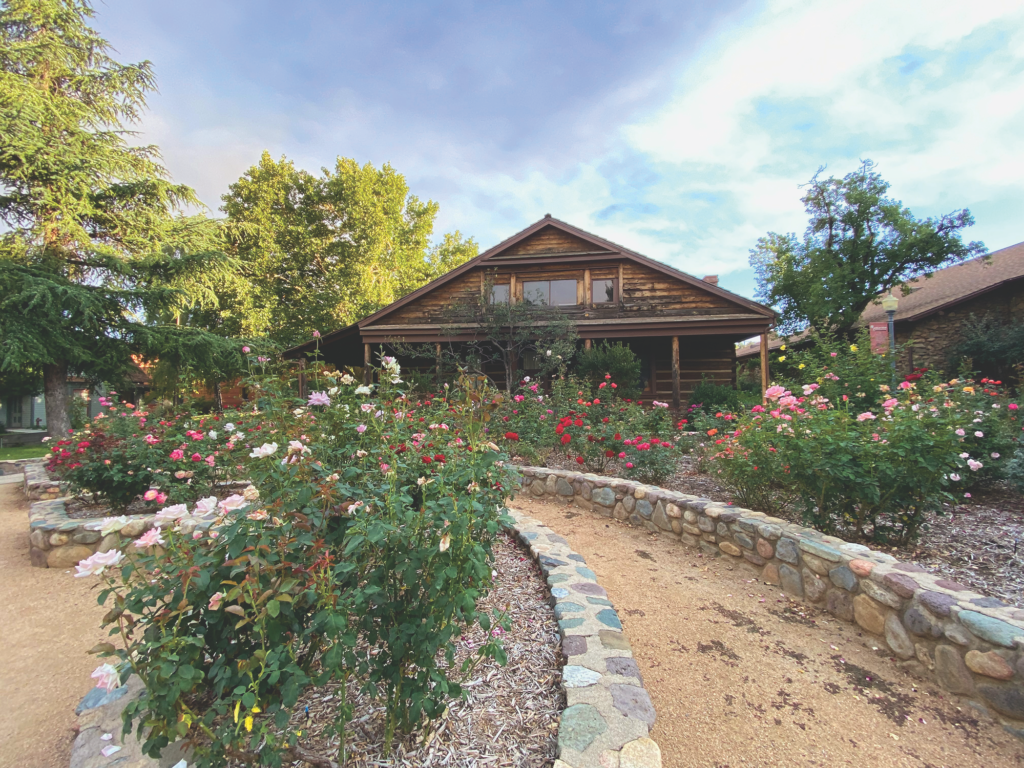
Prescott, Arizona
Stuart Rosebrook
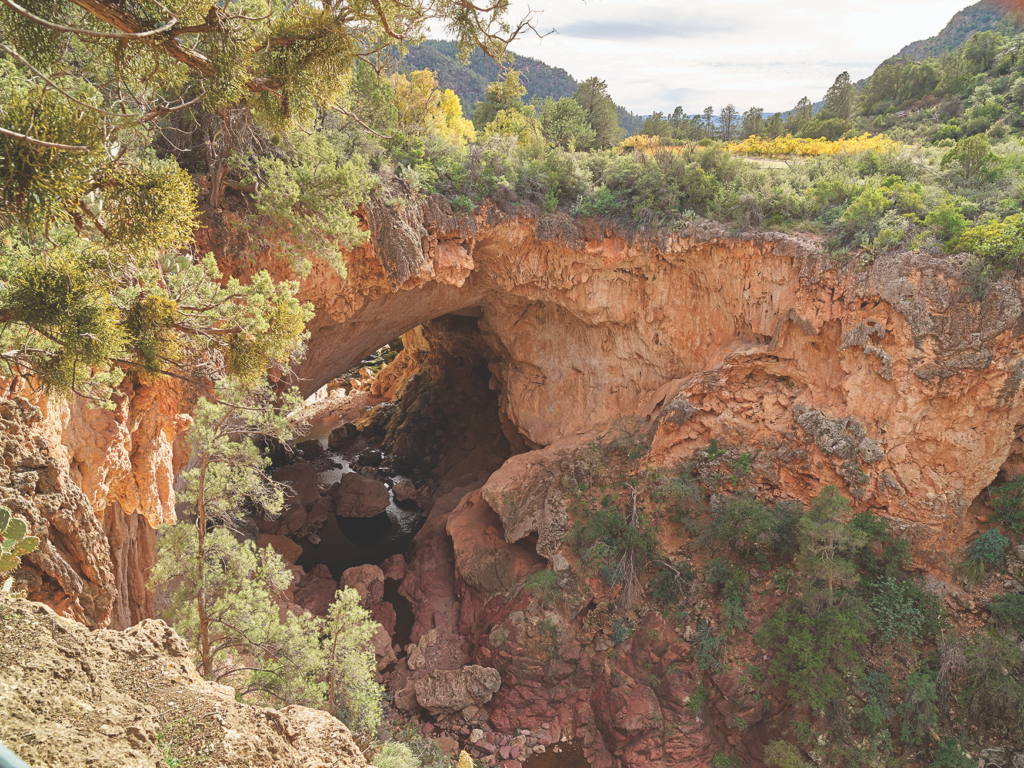
Payson, Arizona
Payson
When you are traveling in the Grand Canyon State and you get off the interstates, you will experience the “real” Arizona. Payson, in Gila County, is one of those beautiful mountain towns east of metropolitan Phoenix that is far off the interstate—and that is why it is so popular. Actually, Gila County is interstate- free, so if you love mountain roads, the great outdoors, historic sites and four seasons, you will love Payson.
The mountain burg with cowboy and cattle ranching roots sits at 5,000 feet, right below the Mogollon Rim, the spectacular geologic escarpment that slashes diagonally across the state and contains part of the world’s largest contiguous ponderosa pine forest. At the crossroads of State Routes 87 and 260, Payson is the first major town you arrive in from the hot desert valley below. The small town with great Western hospitality is a fun place to relax and explore the Rim Country, hike and fish in the nearby mountains, visit scenic sites and enjoy the quaint neighboring towns of Pine and Strawberry.
If you stay the weekend or a week, take time to visit the local restaurants and shops along Payson’s Main Street (State Route 87), and local favorites, including the Tonto Natural Bridge State Park and Rim Country Museum.
The biggest annual event in Payson is the World’s Oldest Continuous Rodeo, the Payson Pro Rodeo, August 14-17.
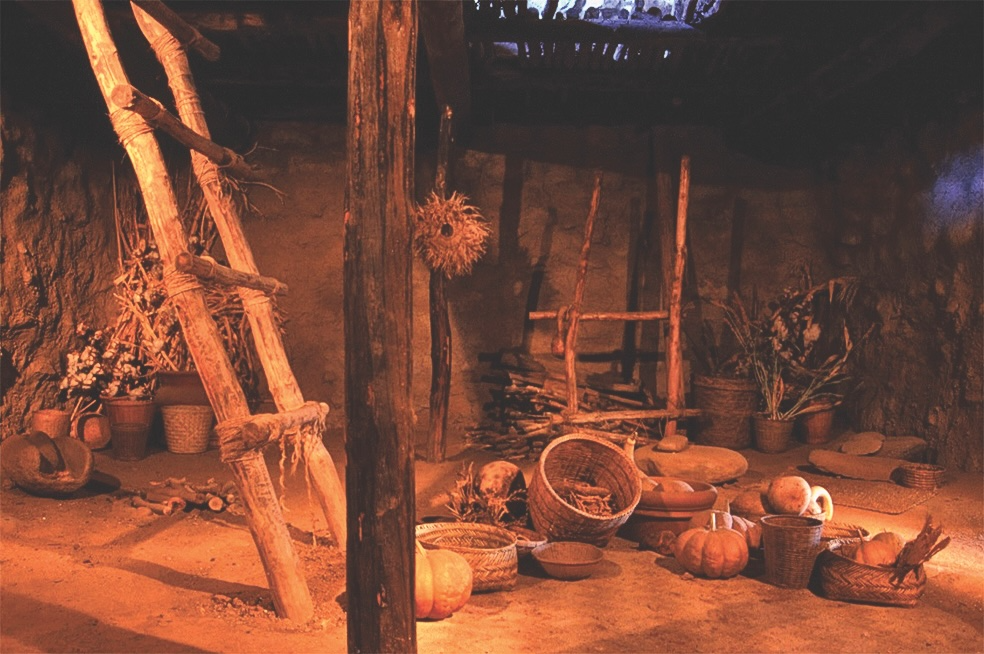
Courtesy Globe-Miami CVB
Globe
Globe, the Gila County Seat, sits at 3,500 feet, just below the Pinal Mountains at the crossroads of State Route 188 and U.S. 60. Like Payson, Globe is a mountain town. The two Gila County cities are 80 miles apart via scenic State Routes 87 and 188. But while Payson is famous for cattle and cowboys, Globe is renowned for its rich deposits of ore, including silver and copper. It is estimated that over $360 million worth of copper was mined locally.
Founded in 1875, the mining town, like Jerome and Bisbee, has become a destination away from the big cities and interstates, where overnight visitors can escape and retreat from urban life and enjoy one of the state’s most historic towns. The Best Western Copper Hills Inn is highly rated and an easy place to stay while visiting the downtown district and local historic sites. Places not to miss include the Salt River Canyon Scenic Drive, Gila County Historical Museum, Cobre Valley Center for the Arts and Besh Ba Gowah, a park and museum that protects an ancient Salado cultural site.
Recreationists who like to river raft will quickly discover that Globe is the perfect town to stay in before or after rafting the Upper Salt, which is accessed at the bottom of the Salt River Canyon off U.S. 60 northeast of the city.
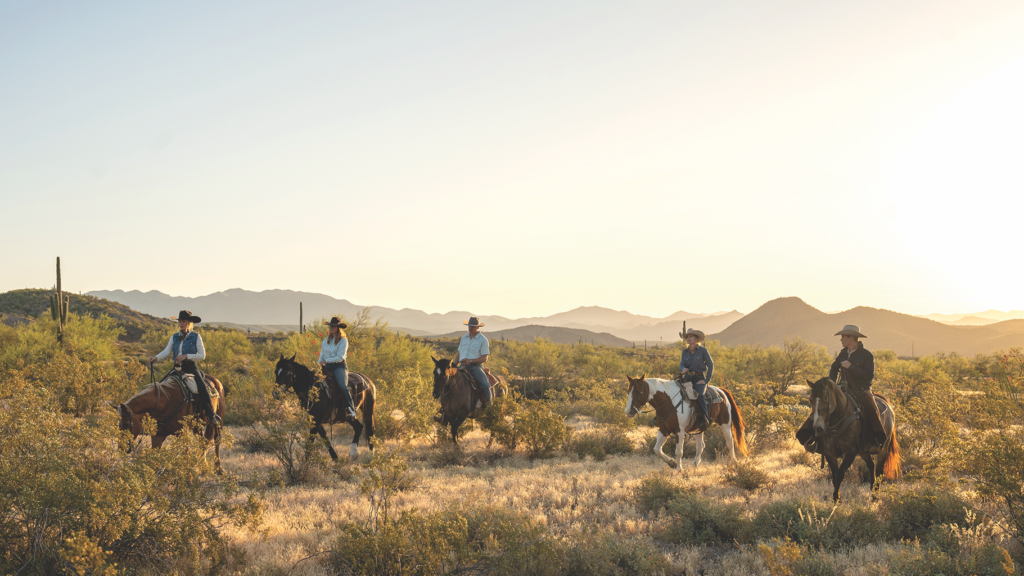
Kay El Bar Guest Ranch
Wickenburg, Arizona
Courtesy True Ranch Collection
Wickenburg
Originally a mining community, Wickenburg is now renowned for its dude ranches, cowboy way of life and team roping. The desert community in northwest Maricopa County is one of Arizona’s oldest towns north of the Gila River. Henry Wickenburg discovered gold there in 1862, and the town boomed during the Civil War. The Vulture Mine became renowned in the region and drew bonanza seekers from all over to the high Sonoran Desert. Ranchers, railroaders and settlers soon followed, and Wickenburg has been an important crossroad—and destination city—for travelers, tourists and health seekers, who go there to enjoy Wickenburg’s renowned climate.
Wickenburg is well suited for day, weekend or extended stays. Winter visitors go for the weather and the world-class guest ranches including the Kay El Bar, Flying E and Rancho de los Caballeros. While staying in Wickenburg, visit downtown with its popular shops, art galleries and restaurants. Desert Caballeros Western Museum is located adjacent to the historic district and is worth a full day of your time. The museum is well-known for its annual “Cowgirl Up! Art from the Other Half of the West, Invitational Exhibition & Sale,” which will be held for the 19th time on March 22 through September 1, 2024.
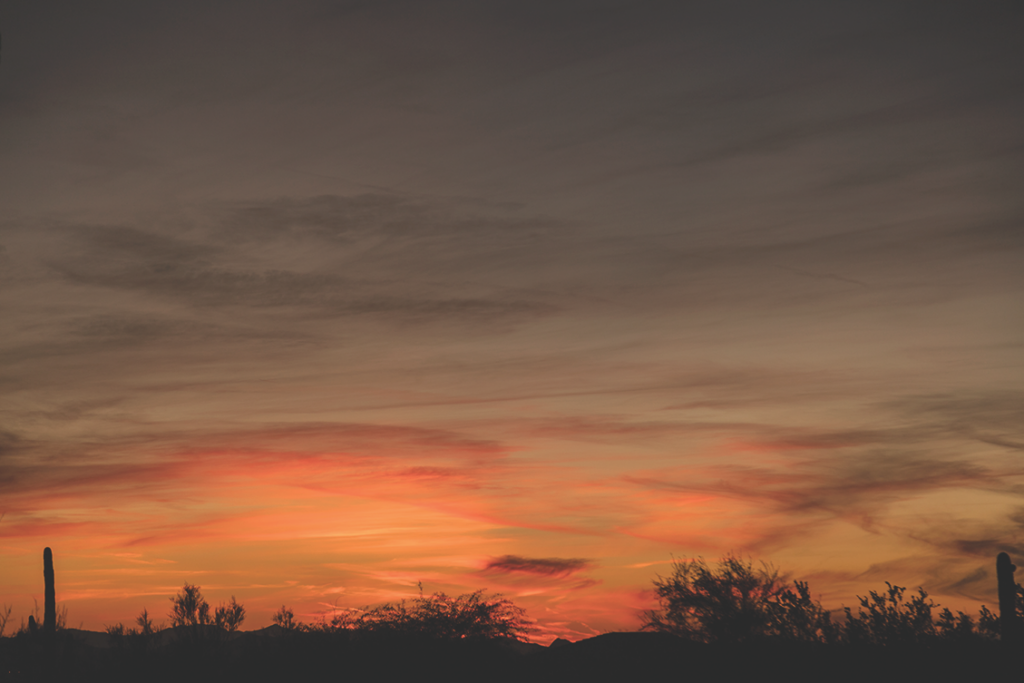
Cave Creek, Arizona
Cave Creek
Since 1999, True West has made its headquarters in the cowboy-artist community of Cave Creek. Founded in 1877, the town’s motto is “Where the Wild West Lives.” The Sonoran Desert horse community is nestled against the New River Mountains and Tonto National Forest. Downtown is a Western and art lovers paradise, with great bars, restaurants and fun annual festivals. Take a tour of the Cave Creek Museum, relax for the weekend at the Tonto Bar & Grill and Historic Rancho Mañana. Cave Creek Rodeo Days celebrates the ranching and cowboy heritage of the area and will be held March 21-24.
Scottsdale
Scottsdale loves to brag that it’s the West’s most Western town. An international destination, it boasts renowned art galleries, restaurants, Old West saloons, shopping and museums in its famous and popular “Old Town.”
A highlight of any trip to Scottsdale should be a day spent at Western Spirit: Scottsdale’s Museum of the West, voted by True West’s editors as the best Western museum of 2023. The museum has become one of Arizona’s top destinations, renowned for its award-winning exhibitions of art, photography and Western culture and artisanship. Currently on exhibit is “William Matthews: Decades,” “Inner Light: The Art of Tom Gilleon” and “Blair Bunting: Journeys, Neurodivergence and Belonging.”
Benson
Where to start when on a tour of Cochise County? If traveling into the county from west to east on Interstate 10, exit at Benson and head south on State Route 90. Along the route, the Whetstone Mountains rise to the west and Kartchner Caverns State Park is a bit more than 12 miles south. Reservations are required to tour the beautiful caves. Benson is a wonderful small town with some local cafés worth a visit, including the historic Horseshoe.
Fort Huachuca and Sierra Vista
Driving south on State Route 90 leads to the crossroads with State Route 82: east to Tombstone, west to Sonoita or south on 90 to Fort Huachuca and Sierra Vista. Anyone interested in Old West history—especially the war between the U.S. Army and the Apaches—should plan a stop in Sierra Vista and a scheduled visit to the Fort Huachuca Museum. Fort Huachuca is an active Army base and visitors must check ahead on museum hours.
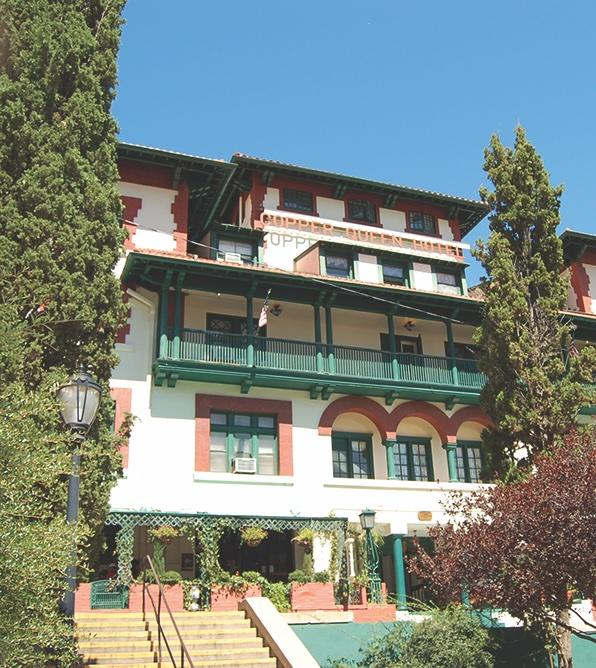
Bisbee, Arizona
Courtesy Cochise County Tourism
Bisbee
From Sierra Vista, continue east on State Route 90 over the Mule Mountains into Bisbee. The highways in southeastern Arizona are scenic and many of them are just two lanes, so take your time (weather can change quickly in the high desert region) and enjoy the scenery.
Bisbee offers many choices of hotels from quaint bed-and-breakfasts to national chains. One historic property convenient to downtown is the Copper Queen Hotel, right at the bottom of the historic Bisbee Gulch district.
When in Bisbee, don’t miss an opportunity to visit the local Bisbee Mining & Historical Museum as well as take the Queen Mine Tour. The historic district has an interesting assortment of restaurants and shopping, and visitors will soon learn that walking in Bisbee is good exercise. Take your time and relax in the mile-high mining town. After a couple days, you might just want to extend your stay or return for one of its many popular annual events and festivals.
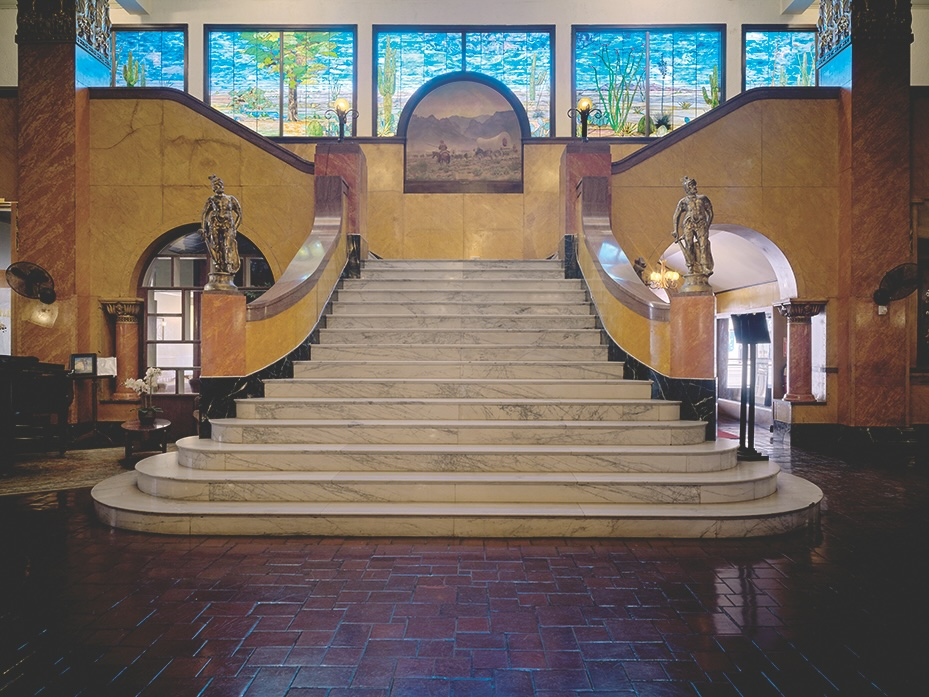
Douglas, Arizona
Douglas
East of Bisbee, take State Route 80 to Douglas, where lunch at the Gadsden Hotel’s Saddle & Spur Tavern is always delicious. Thirty-five minutes to the east on the mostly gravel Geronimo Trail road takes visitors to the historic Slaughter Ranch Museum and San Bernardino National Wildlife Center. If you have checked out of your Bisbee accommodations, consider staying a night at the historic Gadsden, which was built in 1907 and rebuilt after a devastating fire in 1928. The lobby, with its stained glass windows, artwork and marble staircase, is one of the most beautiful in the state. If you are in town on a Wednesday or Saturday, the Douglas Historical Society’s Douglas-Williams Home Museum is open to visitors from noon to 4 p.m.
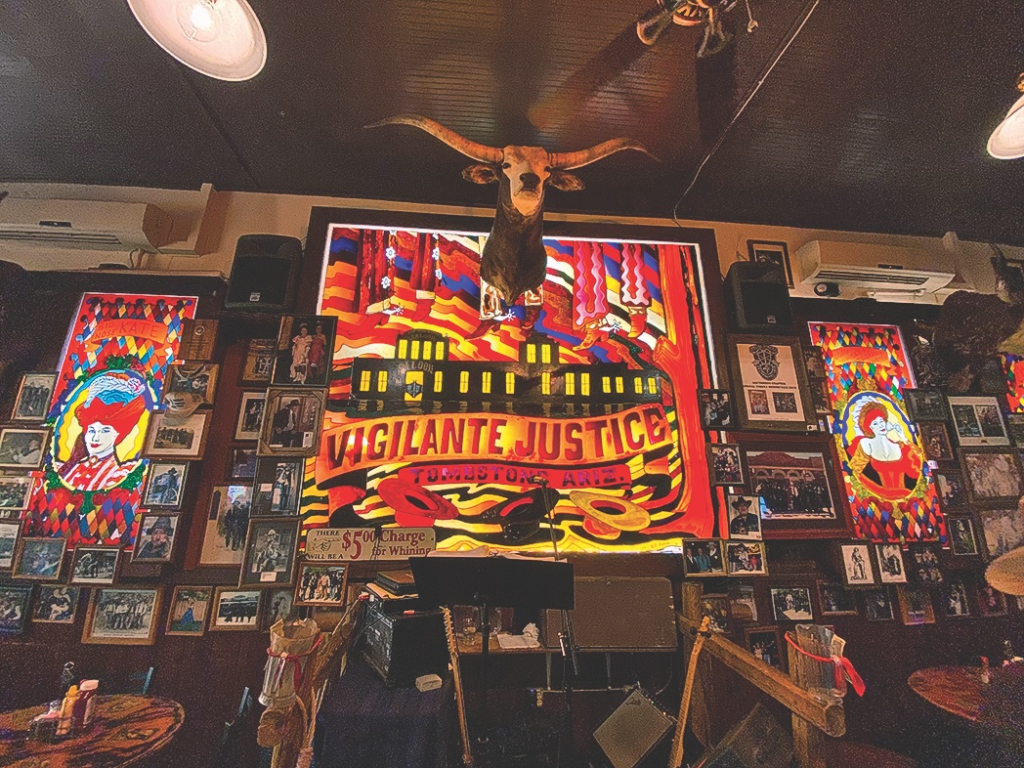
Tombstone, Arizona
Stuart Rosebrook
Tombstone
Tombstone was founded in 1877 after prospector Ed Schieffelin discovered silver. The rush to stake claims led to a flood of miners and opportunists arriving—and the town’s construction. It quickly became one of the most notorious boomtowns in the West. On October 26, 1881, a misdemeanor arrest became the shootout behind the O.K. Corral, leaving three cowboys infamously dead in the dust of Tombstone. Over 150 years later, visitors come from around the world to walk the boardwalks of the Earps, Clantons and Doc Holliday.
If you visit Tombstone, give yourself three days to enjoy the local hospitality, historic sites, museums, restaurants, shops and saloons, including Big Nose Kate’s and the Crystal Palace.
Downtown is perfect for shopping and touring local historic sites and museums including the Tombstone Epitaph Museum, Birdcage Theatre, the O.K. Corral Gunfight site, the Gunfighter Hall of Fame and the Goodenough Under-ground Mine Tour. The Tombstone County Courthouse State Historic Park and Boothill Graveyard provide good introductions to local history.
Tombstone has some of the best Old West reenactments and festivals, including Vigilante Days in February, Wild West Days in March, the Rose Festival in April, Wyatt Earp Days in May, Doc Holli-days in August and the world-famous Helldorado Days in October.
Willcox
Northeast of Tombstone at the crossroads of Interstate 10 and State Route 186 is the cattle town of Willcox. Founded in 1880, the railroad town quickly became the most important railhead for local ranchers shipping their cattle.
Nearly 145 years later, Willcox is still a cow town with a great Western state of mind. Check into one of the many hotels available, visit the Rex Allen “Arizona Cowboy” Museum and Willcox Cowboy Hall of Fame, the Chiricahua Regional Museum and Research Center, the Amerind Foundation near Dragoon and Fort Bowie National Historic Site (hike or drive to the entrance). Willcox is also a convenient place to stay if you want to tour the legendary Chiricahua Mountains and Chiricahua National Monument.
And, if you’d like, you could take a moment to pay your respects to Warren Earp, the youngest brother of Virgil, Wyatt and Morgan, who is buried in the Willcox Cemetery, just down the street from where he was gunned down in Brown’s Saloon. He’s the only Earp brother buried in Arizona.
Good Eats & Sleeps
Eats: Mi Lindo Jalisco, Kingman; Mr D’z Rt 66 Diner, Kingman; Delgadillos Snow-Cap, Seligman; Cruiser’s Route 66 Café, Williams; El Corral on 66, Williams; The Palace Restaurant & Saloon, Prescott; Matt’s Saloon, Prescott; Bobby D’s BBQ, Jerome; Spurs Cafe, Wickenburg; Charley’s Steak House, Wickenburg; El Encanto, Cave Creek; Tonto Bar & Grill, Cave Creek; The Pinon Café, Payson; La Casita, Globe; Los Hermanos, Superior; The Horseshoe, Benson; Landmark Café, Sierra Vista; Big Nose Kate’s Saloon, Tombstone; Crystal Palace Saloon, Tombstone; Cafe Roka, Bisbee; Contessa’s Cantina, Bisbee; Big Tex BBQ, Willcox
Sleeps: El Trovatore Motel, Kingman; Best Western Plus King’s Inn & Suites, Kingman; Grand Canyon Railway & Hotel, Williams; Sheridan House Inn, Williams; Hassayampa Inn, Prescott; Hilton Garden Inn, Prescott; Jerome Grand Hotel, Jerome; The Connor Hotel, Jerome; Los Viajeros Inn, Wickenburg;Prickly Pear Inn, Cave Creek; Rancho Mañana Resort, Cave Creek; Chrysocolla Inn, Globe; Allen Street Inn, Tombstone; Larian Motel, Tombstone; Copper Queen Hotel, Bisbee; Bisbee Grand Hotel, Bisbee; Dos Cabezas Retreat Bed and Breakfast, Willcox
Dude Ranches: White Stallion Ranch, Tucson; Tanque Verde Ranch, Tucson; Elkhorn Ranch, Tucson; Tombstone Monument Ranch, Tombstone; Triangle T Guest Ranch, Dragoon; Rancho Los Baños, Douglas, Arizona and Sonora, Mexico; Sprucedale Guest Ranch, Alpine; Rancho de la Osa, Sasabe; Rancho de los Caballeros, Wickenburg; Kay El Bar Guest Ranch, Wickenburg; Flying E Ranch, Wickenburg; Stagecoach Trails Guest Ranch, Yucca

